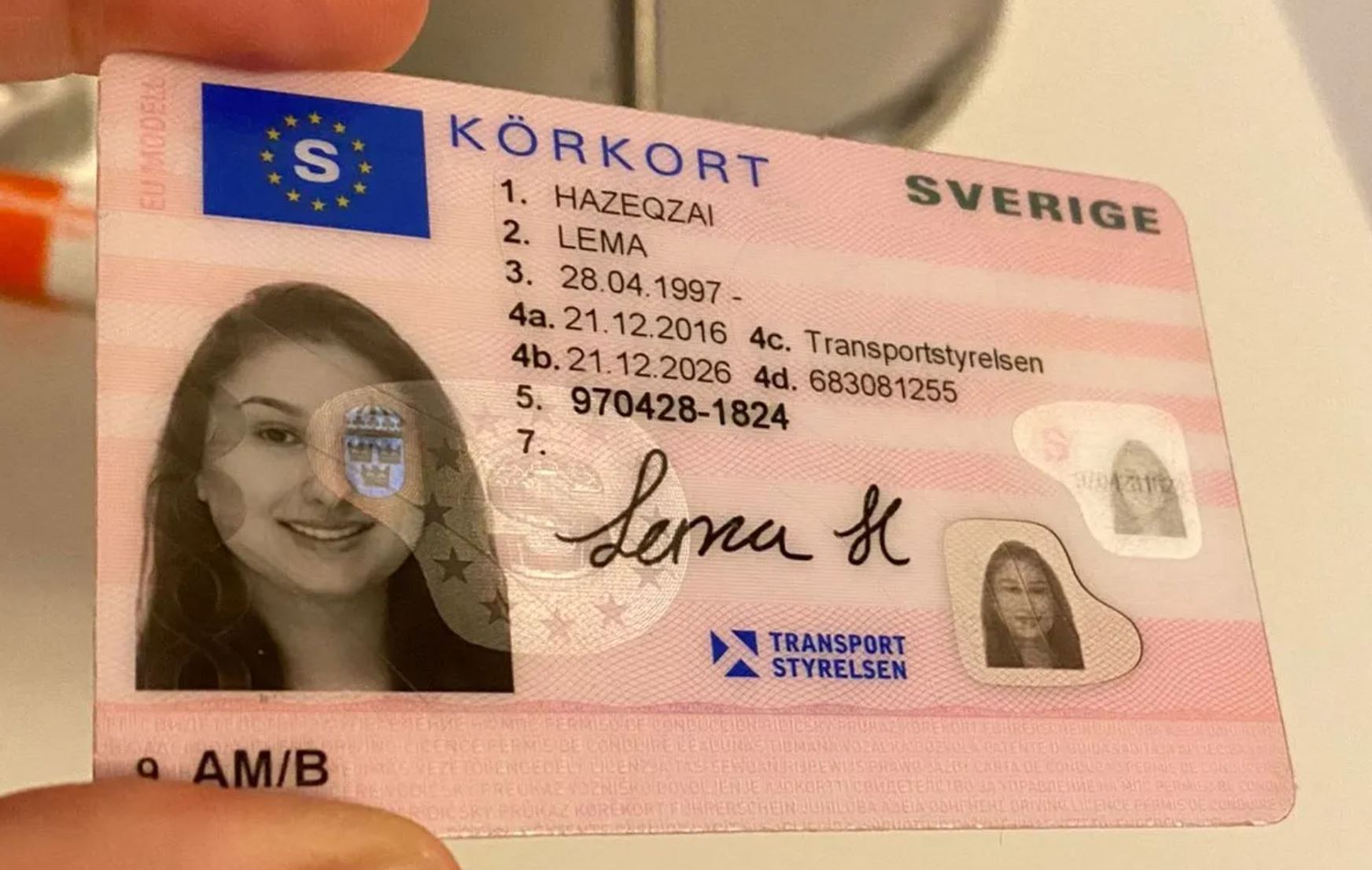How To Make An Amazing Instagram Video About Driving License Id-Handli…
페이지 정보

본문
The Future of Driving Licenses: ID Handling in 2025
As innovation continues to progress at an extraordinary rate, numerous sectors are accepting innovations to improve user experience and effectiveness. One of the areas experiencing significant transformation is identity management, particularly worrying driving licenses. With the introduction of digital licenses and advanced identification methods, the landscape of driving license ID handling is expected to go through considerable modifications by 2025. This article explores the awaited advancements in driving license ID handling, the ramifications for users, and answers frequently asked concerns about the future of driving licenses.

The Evolution of Driving Licenses
Driving licenses have actually typically functioned as a way of determining a person's authority to run an automobile. They likewise serve several secondary purposes, including age verification and identity confirmation for banking and travel. Nevertheless, the physical card system has restrictions, consisting of dangers of counterfeiting, loss, and out-of-date details. As society seriously counts on efficient and secure identification systems, the shift towards digital licenses is becoming significantly popular.
Current Trends in Driving License ID Handling
Digital Licenses: Many states are piloting digital driving licenses that permit users to store their qualifications on their mobile phones. These digital licenses are designed with sophisticated security functions, including biometric data, and can be scanned or shared securely.
Blockchain Technology: Some jurisdictions are checking out blockchain to boost the security and authenticity of driving licenses. This technology ensures that information can not be tampered with and that the information is quickly verifiable.
Facial Recognition: Increasingly used in identification practices, facial acknowledgment innovation can accelerate the procedure of verifying a person's identity against their driving license. This innovation also helps in reducing fraud and maintain the integrity of the licensing systems.
Multi-Functional Licenses: Future driving licenses might incorporate extra functions such as health records, travel documentation, and even payment systems, supplying an extensive identity option.
The Benefits of Digital Driving Licenses by 2025
The shift toward digital driving licenses provides numerous benefits, including:
Convenience: Users can access their licenses anytime, which removes the need for physical cards. This is particularly beneficial when people forget their license, as digital copies can be recovered quickly.
Security: Advanced security steps can reduce the danger of identity theft, juridiskt körkort online (http://124.220.187.142/) fraud, and unapproved duplication. Digital licenses typically include file encryption and biometric confirmation.
Performance: Reduced wait times at federal government offices and during traffic stops, as police can confirm digital licenses instantly.
Ramifications for Users
While the improvements in driving license ID handling present various benefits, they likewise include difficulties. Users require to adjust to brand-new technology and ensure they understand the changes and their implications. Here are some factors to consider:
Privacy Concerns: With increased digital footprints, there will be increased concerns over data privacy and how biometric data is stored and utilized.
Ease of access Issues: Individuals without access to smart devices or digital technologies may face barriers to acquiring and utilizing digital licenses.
Regulative Compliance: With different jurisdictions embracing different systems and procedures, users should understand their local laws concerning digital licenses and recognition.
Prepared For Changes in Driving License ID Handling by 2025
| Element | Present Status | Anticipated Change by 2025 |
|---|---|---|
| License Format | Physical cards | Predominantly digital licenses |
| Verification Process | Manual checks | Automated biometric confirmation |
| Security Measures | Standard holograms and features | Advanced file encryption and blockchain |
| Jurisdictional Differences | Fragmented processes throughout states | More standardized national systems |
| User Interaction | In-person renewals and checks | Mobile applications for management |
FAQs
1. What is a digital driving license?A digital driving license is an electronic version of a conventional driving license that is kept on a mobile gadget. It can be used for identification and verification in various circumstances, with enhanced security functions to prevent scams.
2. How will digital licenses boost security?Digital licenses use encryption and biometric data, making them harder to forge or abuse compared to conventional cards. Additionally, blockchain technology can guarantee data authenticity and integrity.
3. Will everyone be needed to switch to a digital license?While numerous jurisdictions are approaching digital licenses, regulations may differ. Users are encouraged to check with their regional licensing authorities for specific standards.
4. What are the potential disadvantages of digital licenses?Some prospective drawbacks include personal privacy issues concerning information storage, ease of access concerns for people without mobile phones or digital literacy, and the requirement for a robust regulative structure to handle security and user rights.
5. How can I prepare for the shift to digital licenses?Stay notified about regional efforts regarding digital licenses, explore readily available mobile applications for handling identification, and cultivate digital literacy to navigate brand-new technologies confidently.
The future of driving licenses and ID handling is poised for significant development by 2025. As digital licenses become more widespread, users will experience boosted security, convenience, and effectiveness. Nevertheless, alongside the benefits come difficulties that will need public awareness and adjustment. Stakeholders must prioritize education, regulation, and availability to make sure a smooth transition that empowers people with the recognition tools of the future. As innovation advances, so too will the approaches through which society manages identity, particularly vital in processes as essential as running a motor vehicle.

- 이전글What You Should Be Focusing On Enhancing Buy A Driver's License Without Taking A Driving Test 25.06.27
- 다음글20 Inspiring Quotes About Driving Test Simulator 25.06.27
댓글목록
등록된 댓글이 없습니다.

